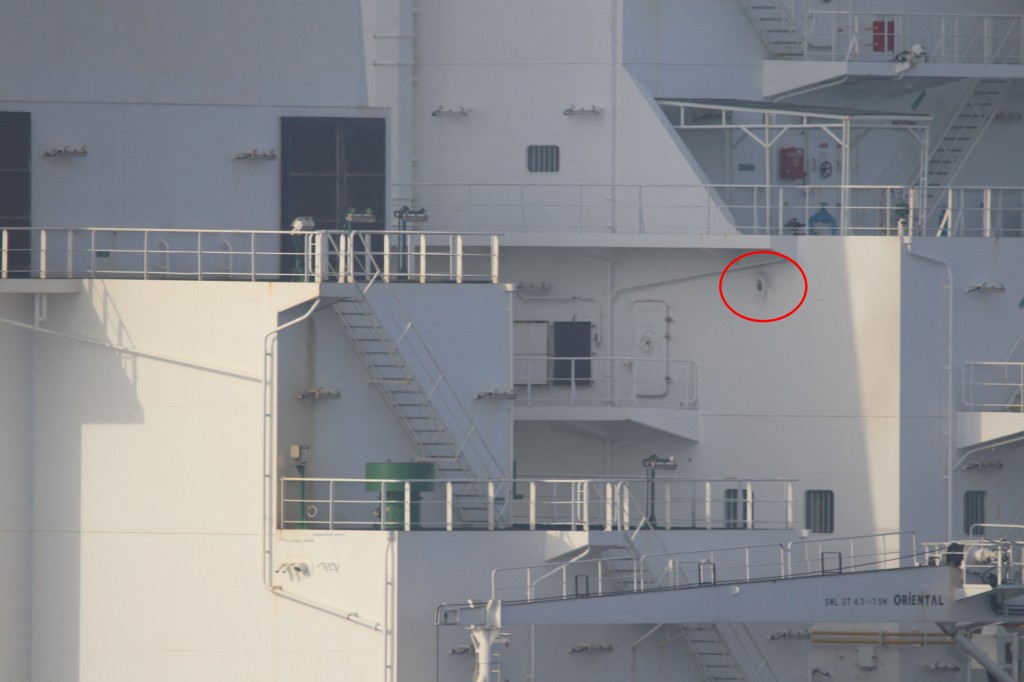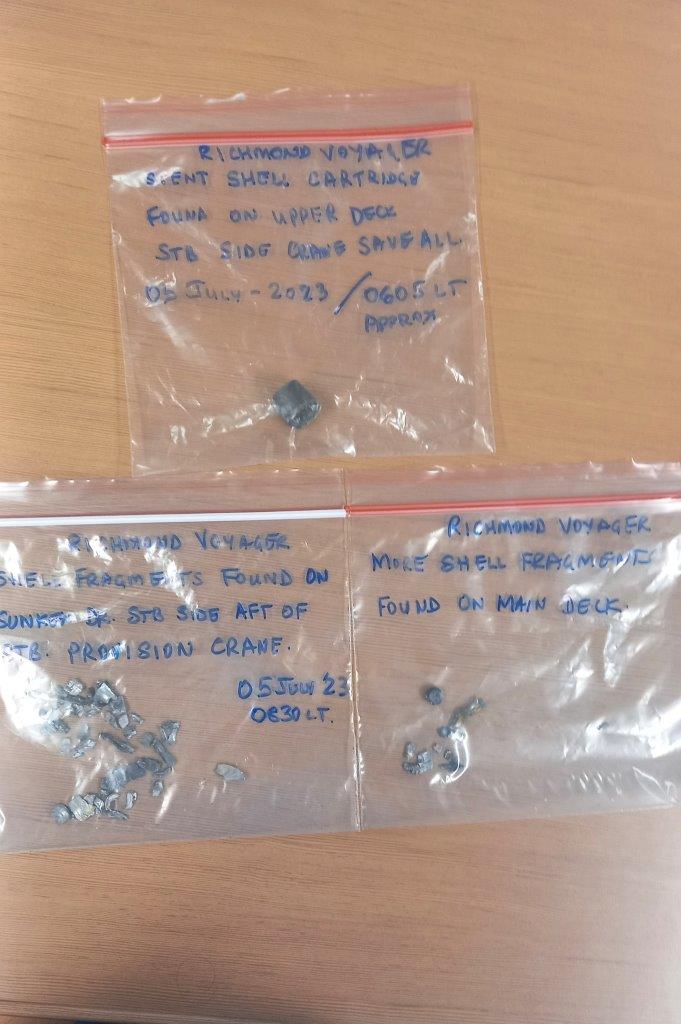Navy thwarts Iranian attempt to seize two tankers
The US Navy said Wednesday it had blocked an attempt by Iran to seize two commercial oil tanker ships in the Gulf of Oman Wednesday morning.
Iranian ships closed in on the Marshall Islands-flagged vessel around 1 a.m. local time before fleeing when the guided-missile destroyer USS McFaul arrived, according to a statement from US Naval Forces Central Command.
Roughly three hours later, the military said, a Bahamian-flagged oil tanker sent out a distress call about another Iranian vessel moving toward it and demanding it come to a stop.
The Iranian vessel fired “bursts from both small arms and crew-served weapons” at the tanker, but fled when the USS McFaul once again arrived.
“I couldn’t be prouder of the entire [U.S. Naval Forces Central Command] team, especially the exceptional effort by the McFaul crew,” said Vice Adm. Brad Cooper, commander of U.S. Naval Forces Central Command, U.S. 5th Fleet and Combined Maritime Forces.


“We remain vigilant and ready to protect navigational rights in these critical waters.”
The Navy underscored that the skirmish took place in international waters between Iran and Oman.
No US personnel were hurt during the encounter and the Navy did not open fire on the Iranian vessels.
Iran has harassed or seized almost 20 internationally flagged merchant vessels since 2021, according to the US military, which called Tehran’s actions “a clear threat to regional maritime security and the global economy.”
In May, the US stepped up the frequency of ship and aircraft patrols in the Strait of Hormuz, which connects the Persian Gulf to the Gulf of Oman, the Arabian Sea and Indian Ocean beyond — making it one of the most strategically important choke points for maritime traffic.
Read the full article Here


